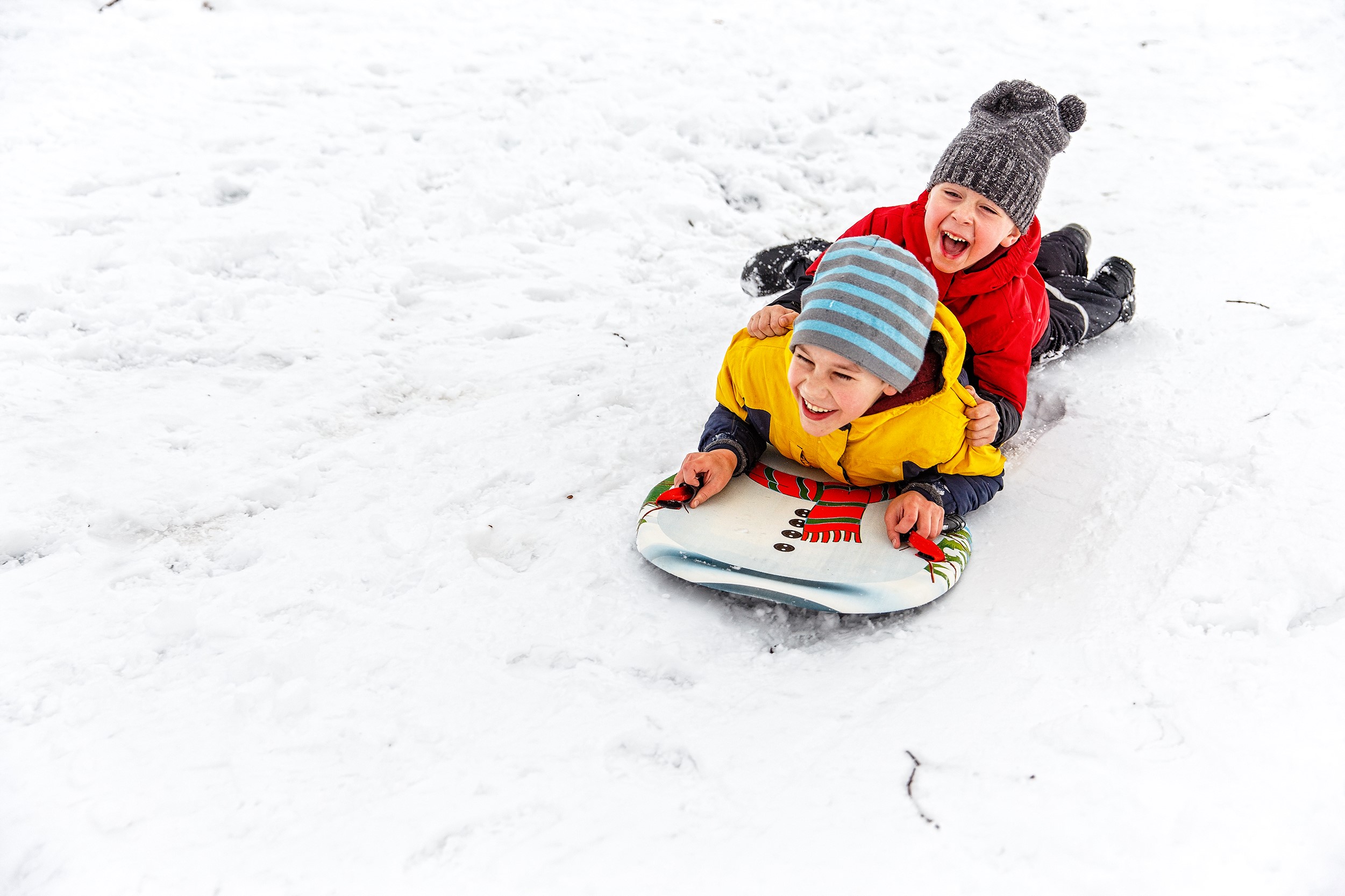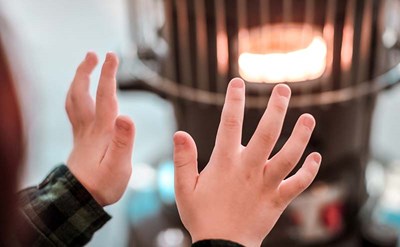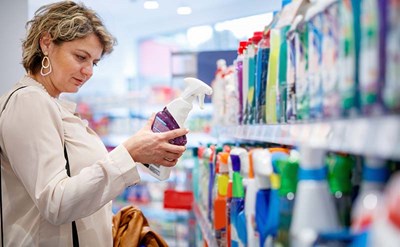During the winter months, little kids, big kids, and kids-at-heart all love to play in the snow. The American College of Emergency Physicians (ACEP) has tips to prevent your fun and frolicking from turning into pains and strains which could land you in the emergency room instead of in front of a cozy fire at the end of the day.
For All Outdoor Activity:
- Wear proper clothing. Dressing in layers is a good way to adjust for different times of the day. Be sure to protect areas that are exceptionally prone to frostbite such as fingers and noses.
- Stay hydrated: Dehydration is possible even in the coldest weather.
- Use sunscreen to prevent sun burn. The sun’s rays can reflect off the snow and cause a sun burn.
- Adults should always supervise younger children.
Sledding
- Check sleds for jagged, sharp edges and protruding rivets.
- Teach children the importance of checking out the sliding area before sledding down a slope, as well as how to stop or bail off the sled in an emergency.
- Never hook sleds onto motorized vehicles.
Snowmobiling
- Know how to properly operate the particular model of snowmobile before driving it.
- Wear goggles, helmets with chin straps and protective clothing.
- Conduct a safety check before each ride. Never start without a full tank of gas.
- Know the terrain. Know where fences, gullies, and rocks may be hidden. Beware of open bodies of water and thin ice.
- Be alert. Remember that the loud noise generated by the snowmobile may prevent you from hearing an approaching train, snowmobile or car.
- Don’t snowmobile alone, attempt stunts or use excessive speed.
- Always let some know your intended plans including location and return time.
Snowboarding and Skiing
- Wear wrist guards: Falls are the most common cause of wrist fractures and sprains. These injuries are caused when snowboarders lose their balance or catch an edge and attempt to break the fall with their hands.
- Hard-shell, rather than soft-shell boots: Both ankle sprains and ankle fractures are more common in snowboarders than in skiers, mainly due to equipment differences.
- Wear a helmet and take lessons from a qualified instructor: While head injuries account for only a small number of total injuries among skiers and snowboarders, they are the number one cause of death and serious injury for people engaged in these sports.
- Avoid attempting stunts without proper instruction, practice and protection. Snowboarding is considered an "extreme sport" and enthusiasts often push the limits of their ability doing tricks on half pipes and jumps. Although still relatively rare, the incidence of serious spinal injuries is on the increase.
- Play it safe and pay for a few lessons before hitting the slope. Most skiers and snowboarders don't take professional lessons, but learn from friends or they are self- taught. A good instructor will also explain to you the importance of safety equipment and how to prevent common injuries.
Skating
According to KidsHealth.org:
- Wear skates that fit comfortably and provide enough ankle support to keep you on your feet.
- Younger and less experienced skaters should wear appropriate safety gear.
- Wear appropriate clothing for warmth and to stay dry.
- Have the blades professionally sharpened at the beginning of each season.
- Skate only on specially prepared skating areas where you are sure the ice is strong enough to withstand your weight. Do not skate on a frozen pond unless there is a sign to indicate that it’s safe to do so. Never skate alone
- Always check for cracks, holes and other debris.
- Before setting out on your skating expedition, learn basic skating skills, such as how to stop and fall safely.
- Kids should always skate under adult supervision.
 American College of Emergency Physicians
American College of Emergency Physicians







